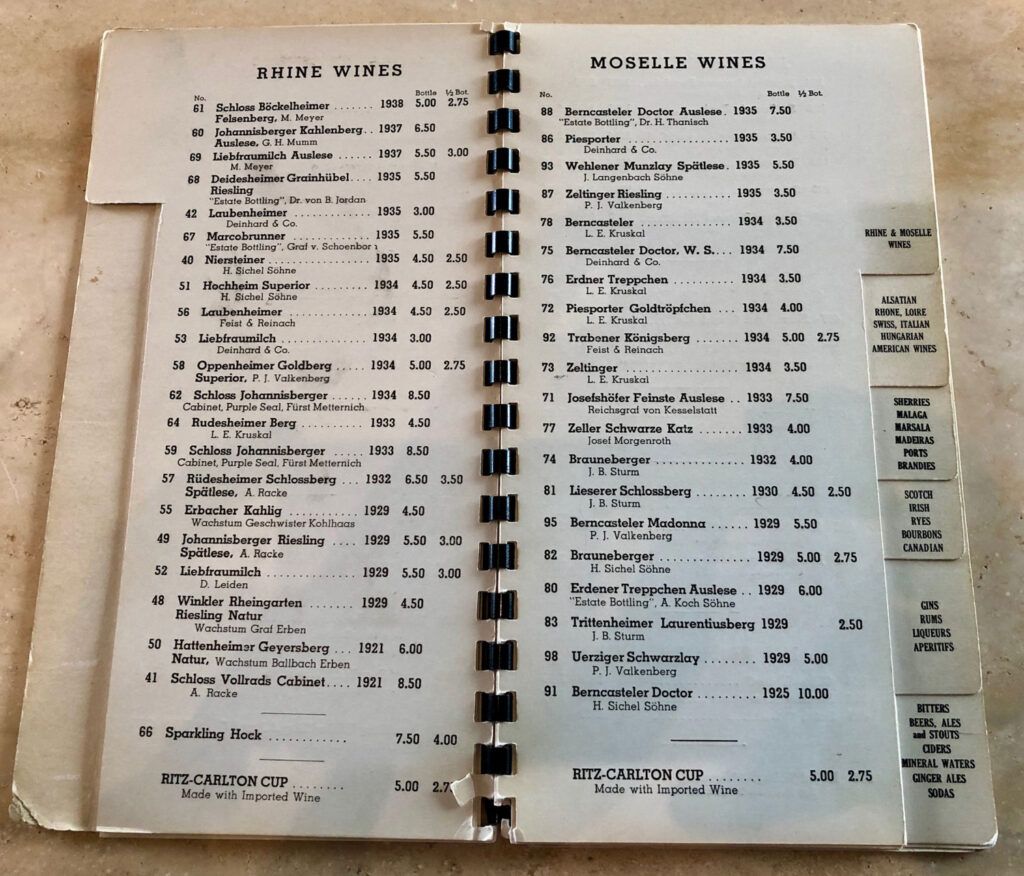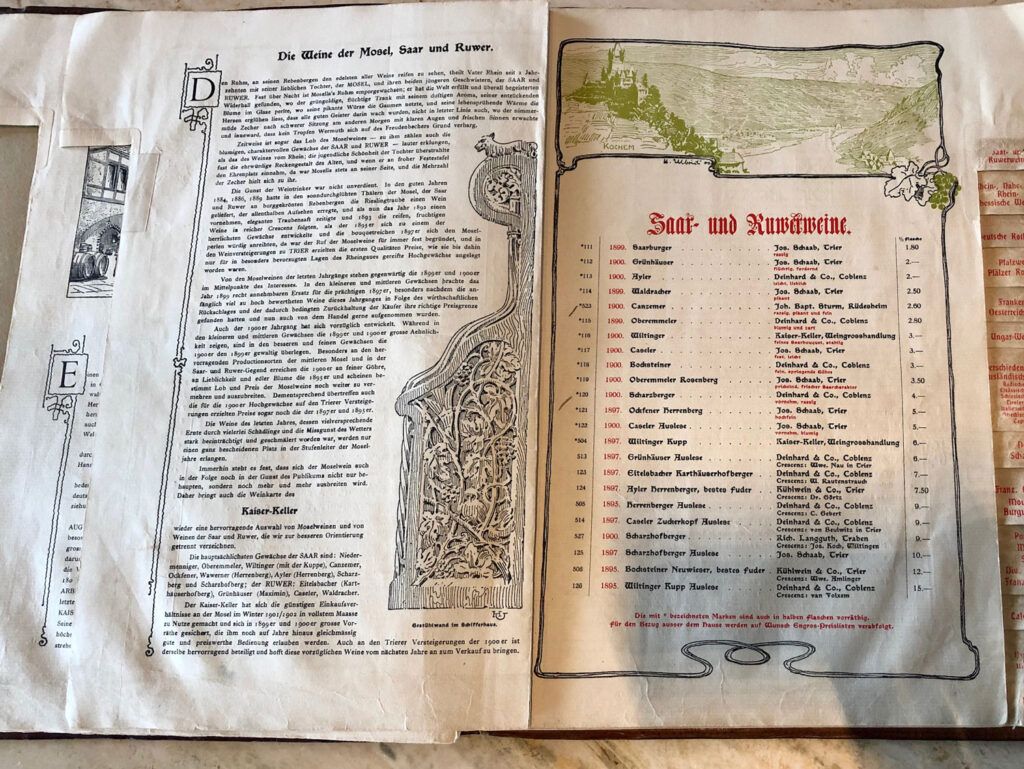The introduction of the VDP vineyard classification
A significant milestone in the history of the VDP was the self-restraint in 1994, when the use of so called “Grosslagen” (a merger of several small vineyards into an extremely large vineyard site) in wine designations was abandoned for VDP members. This step underscored the association’s desire to emphasize the uniqueness and quality of German vineyard sites and to distinguish itself from mass-produced wines from large vineyards. At the same time, greater emphasis was placed on selective harvesting. This was in response to the increasing use of mechanical harvesters introduced and aimed to ensure high quality grapes and thus wines.
Under the dedicated leadership of Michael Prinz zu Salm-Salm, the VDP also developed its own vineyard classification from 1994 onwards. The process was quite laborious and led to some internal upheavals. The most famous example was Bernhard Breuer. Breuer, owner of the already world-famous Breuer estate in the Rheingau left the association because he felt that progress towards a high-quality classification within the association was not happening quickly enough. During the 2002 annual general meeting in Castell, a first internal classification system was introduced after sometimes heated discussions. The result was a three-tiered pyramid consisting of estate, village, and cru wines, known as “Erste Gewächse” (First Growth).
Another key decision was the ban on indicating the predicate on the label of dry wines. This also led to upheavals among the members. The consequence was the withdrawal of renowned wineries, such as Koehler-Ruprecht from the Pfalz, which wanted to maintain the existing predicate system for their dry wines as well. Nevertheless, it must be noted: The introduction of this vineyard classification laid the foundation for the rebirth of high-end German wines and led to their renewed prestige over the last 20 years.
Adapting. Improving. Developing.
In the following years, the VDP continuously developed its classification system. In 2012, the 3-tier system was expanded to a 4-tier pyramid by including the VDP.ERSTE LAGE. Additionally, Erste Gewächs was renamed to VDP.GROSSES GEWÄCHS. This precision in classification enabled further profiling of individual vineyards as well as improved communication of different wine qualities and origins.
Despite these positive developments, the VDP also faced increasing challenges. By adding further designations in recent years, such as VDP.AUS ERSTEN LAGEN, the pyramid became increasingly complex and thus increasingly difficult to understand. To this day, some consumers wish for a return to the originally clear 4-tier pyramid. Additionally, there were internal conflicts and criticism of the exclusivity of the association.
These challenges prompted the VDP to reconsider its strategies and bring its members closer together to achieve common goals. The shift towards more sustainability within the association and among the members is one of the results of this process. The uniform use of lightweight glass bottles for estate wines (and potentially other categories in the future) as well as the sustainable certification (social, economic, and ecological) of all VDP estates by 2025 are intended to be the two main pillars. Another step was the more intensive engagement with German sparkling wine, resulting in the publication of the VDP.SEKT.STATUT in 2020. More on this topic will follow shortly.



